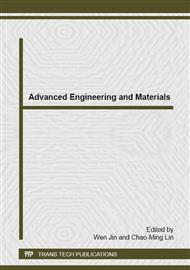p.227
p.235
p.241
p.246
p.252
p.257
p.265
p.270
p.276
Research on Semantic Workflow Establishment of Vessel Survey Field Operation
Abstract:
Vessel survey is a kind of technical method to ensure the health and safety of the vessel. The main purpose of the paper is to find a way to extract workflow of vessel survey field operation (VSFO) directly from rule-based document (RBD) of the field, introduces the relevant researches on the vessel survey field, and analyzes the novel way to improve the quality of vessel survey via intelligentized aided technologies. The establishment of VSFO workflow is treated as the major concern in the work, and relative studies in other fields are introduced. After the comparison, three characteristics of VSFO workflow are discussed. On the basis of previous studies, a semantic approach of the establishment is proposed, and the whole process consists of several steps. Firstly, the structure of RBD in vessel survey is discussed; meanwhile, vessel survey domain ontology (VSDO) is built with rules in RBD. Secondly, the classification algorithm is designed with the original framework provided by domain experts. Finally, the distance calculation of clustering is divided into three parts: reachable distance, structural complexity and survey content complexity.
Info:
Periodical:
Pages:
257-262
Citation:
Online since:
December 2014
Authors:
Price:
Сopyright:
© 2015 Trans Tech Publications Ltd. All Rights Reserved
Share:
Citation:


